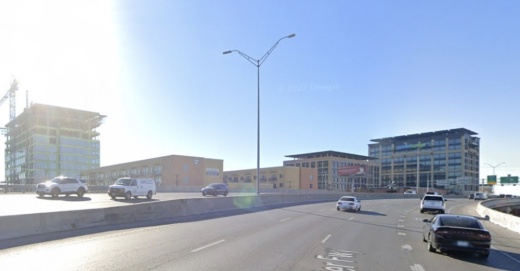San Antonio city officials said on April 13 that the U.S. Environmental Protection Agency has proposed recategorizing the San Antonio area’s ozone conditions, meaning the area could be required to meet new federal air quality regulations.
According to a city news release, the EPA has pitched moving the San Antonio area from “marginal” to “moderate nonattainment” for ozone. If finalized, this new designation will mean that the San Antonio area will be ordered to comply with the new EPA air quality standard of 70 parts per billion by Sept. 24, 2024, the release said.
The EPA is accepting public input about its proposal through June 13. A virtual hearing will be held on May 9, city officials said.
The release said San Antonio and 23 other urban areas across the U.S. did not meet the EPA’s ozone standard by the federal agency’s fall 2021 deadline.
The release said with reclassification to moderate nonattainment, the Texas Commission on Environmental Quality will have the role to enforce the EPA’s Clean Air Act regulations.
“These regulations are federal law that regulate air emissions from stationary and mobile sources. [The] TCEQ will prepare a State Implementation Plan for the San Antonio area by a deadline set by the EPA. The purpose of the SIP is to provide a comprehensive plan to improve air quality and meet the federal statutory and regulatory requirements,” the release said.
In such an event, San Antonio Metro Health will continue to work with area stakeholders to inform the public and businesses on regulatory changes and promote ozone-reducing activities to improve air quality, the release said.
According to the city, high levels of ozone can affect respiratory health, especially on hot sunny days when ozone can reach unhealthy levels. Even relatively low levels of ozone can cause adverse health effects. Ozone can cause coughing, and sore or scratchy throat; inflame and damage the airways; make the lungs more susceptible to infection; aggravate lung diseases, such as asthma, emphysema and chronic bronchitis; and increase the frequency of asthma attacks.
Metro Health is providing tips for community members to help prevent ozone formation on any day, but especially during Ozone Action Days that are declared by Metro Health. Those tips are listed below.
- Limit driving and idling; instead, carpool, combine errands, use public transportation, bike or walk.
- Refuel your vehicle in the late afternoon or evening, and do not top off the tank.
- Keep your vehicle maintained, including proper tire pressure.
- Maintain your yard equipment, including changing the oil and replacing air filters regularly. Also consider using tools without gasoline motors. Hand tools, such as shears, edgers and push mowers are lightweight, quiet and easy to use and do not generate emissions.
- Do not burn yard waste.
- Use paint and cleaning products with less or zero volatile organic compounds.
For more about the air quality and ozone, visit www.sanantonio.gov/Health/HealthyEnvironment/AirQuality#266643445-ozone.





